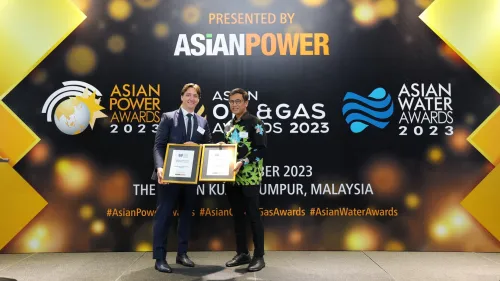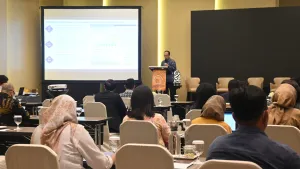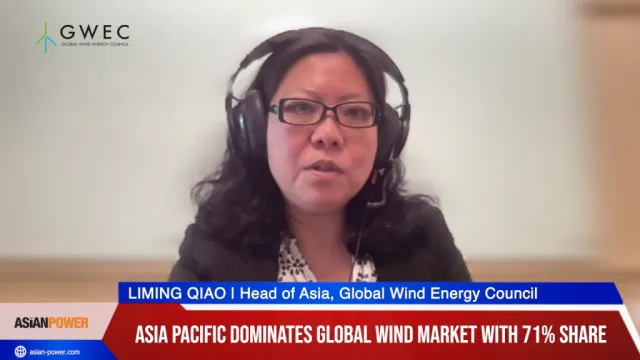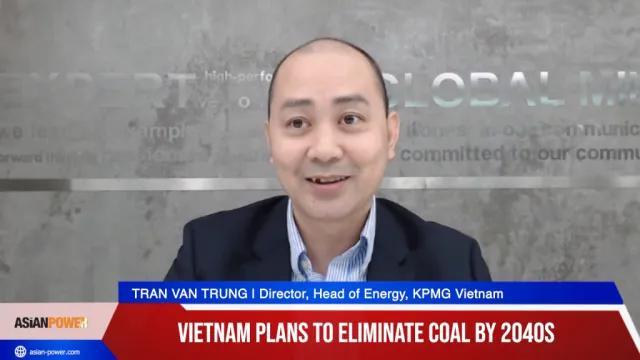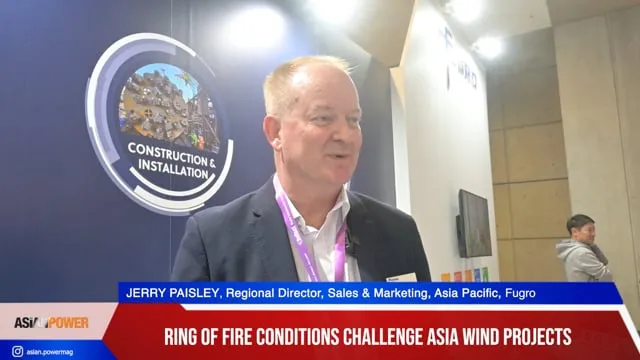
The need for CCS
Affordable, reliable, clean energy is essential to the economic prosperity of all nations – especially to underpin the development of emerging and developing economies. The World Bank estimates that at least 1.4 billion people, mostly in Africa and Asia, lack access to electricity. For hundreds of millions of others, supply is often limited and/or unreliable. About 80% percent of the world’s total commercial energy demand is met by fossil fuels, with about 30% from coal. The U.S. Energy Information Administration (EIA) projects that world energy demand will grow by almost 40% by 2030 compared to 2007. Also, the International Energy Agency (IEA) has indicated that coal use has increased more than any other energy source worldwide over the past decade, mostly from the rapid expansion of coal power generation in Asia, especially in China and India.
In parallel, worldwide CO2 emissions from human activity have increased to more than 33 billion metric tons annually. EIA projects that, if no action is taken to reduce emissions, the United States will emit a total of about 6.9 billion metric tons of CO2 annually by 2030, an increase of more than 15% relative to 2007 levels. However, this pales in comparison to the 26 billion metric tons that Asia is expected to emit annually, with increases of 85% from China and 50% from India.
Those who understand the complex global energy situation and the strong linkage between energy and economic development know the importance of coal for power generation to global economic prosperity. Only by replacing old, inefficient coal generating plants with state-of-the art technologies and optimizing the performance of the remaining plants, and by developing and deploying cleaner, more efficient energy technologies, can countries expect to deliver the energy needed to grow their economies while addressing carbon emissions from power generation.
Capturing and storing CO2 emissions from fossil fuel-based energy facilities is viewed by many as not only a viable option for the continued use of coal and other fossil fuels, while but possibly a requirement, if we are to address climate change. According to the Intergovernmental Panel on Climate Change’s Special Report on Carbon Capture and Storage (2005), carbon capture and storage (CCS) can contribute up to 55% of the required cumulative global greenhouse gas emissions mitigation. Also, IEA has stated that “CCS development is critical to reducing CO2 emissions.” In its 2009 CCS Technology Roadmap, IEA estimated that costs to reduce global CO2 emissions to 2005 levels by 2050 would increase by 70% without CCS.
The U.S. Department of Energy’s National Energy Technology Laboratory (NETL), which implements the Nation’s fossil energy research, development, and demonstration programs, is developing a wide range of CCS technologies – in partnership with industry and academia – to reduce CO2 emissions. These technologies must be compatible with existing coal-fired plants, as well as future plants that will use more advanced technologies, including supercritical/ultra-supercritical boilers and integrated gasification combined cycle. NETL’s objectives are to (1) lower the cost and energy penalty to capture CO2 from large-point sources and (2) improve the understanding of factors affecting the permanence, capacity, and safety of storing CO2 in geologic formations. NETL envisions having a portfolio of safe, cost-effective CCS technologies available for global deployment beginning in 2020.
Proving out CCS technologies that are both effective and low cost is critical, and issues of safety and liability need continued focus, if CCS to help mitigate climate change. Further global dialogue and cooperation is essential to ensure successful commercialization of these technologies. However, the general public around the world has made their voice heard that the dialogue on why and how we use coal cannot be between just technologists and policy makers. With coal power generation rapidly expanding in the Asia Pacific region, concerned individuals from governments, utilities, engineering firms, academia, NGOs, and others in the region need to deepen their discussions on the potential of CCS as a climate mitigation option before locking in their generating fleets, which will likely make adopting CCS more difficult and expensive.
Scott M. Smouse, Senior Management & Technical Advisor – International, National Energy Technology Laboratory, U.S. Department of Energy


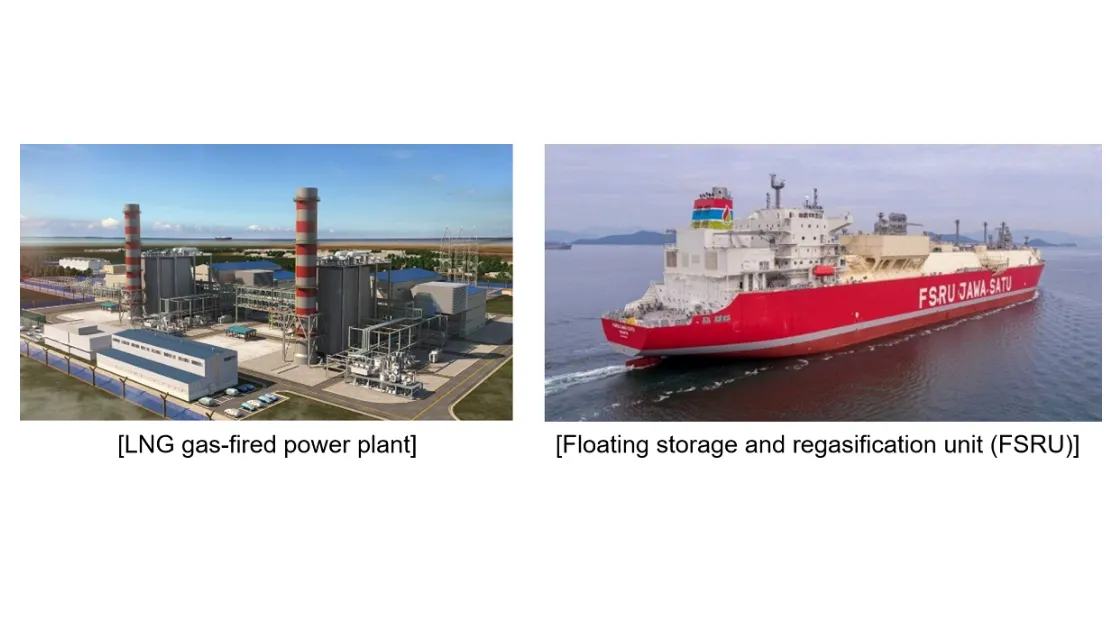
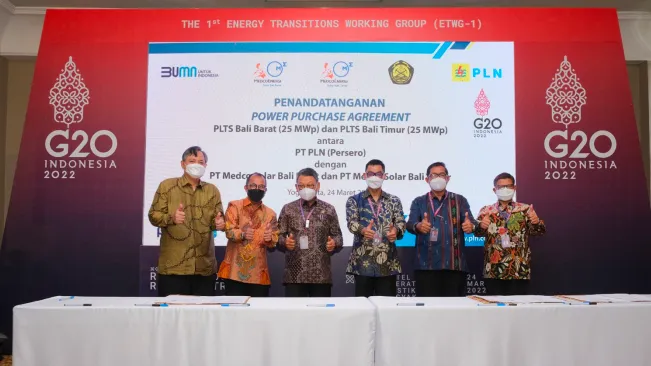



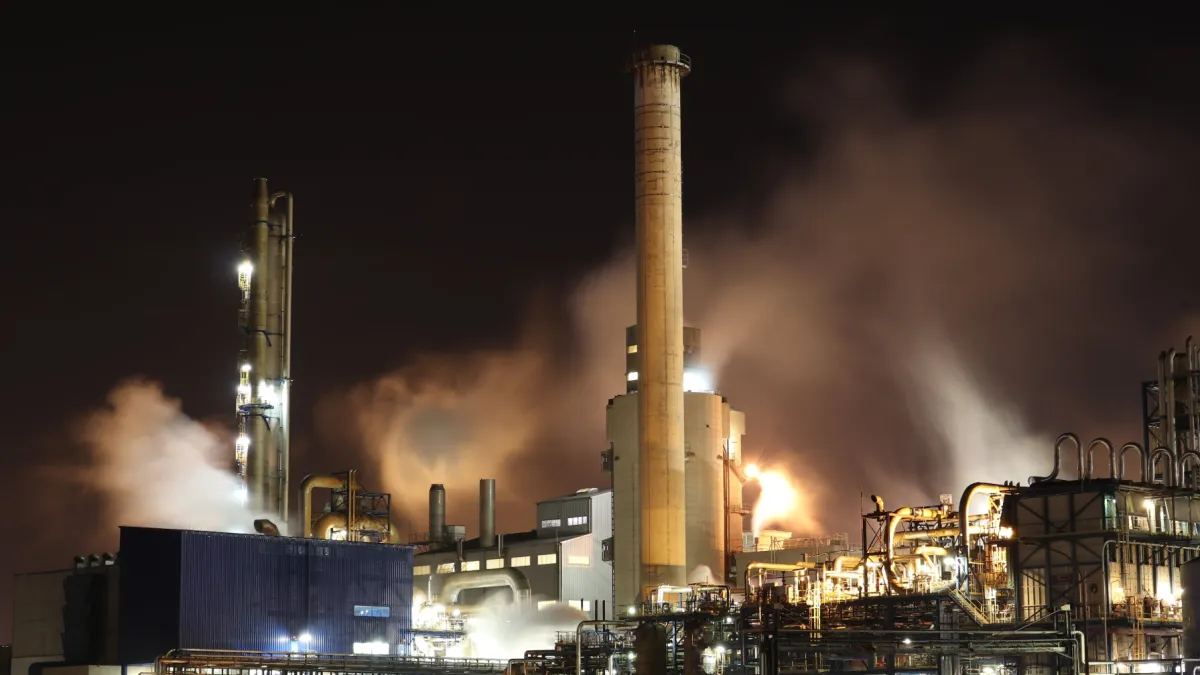

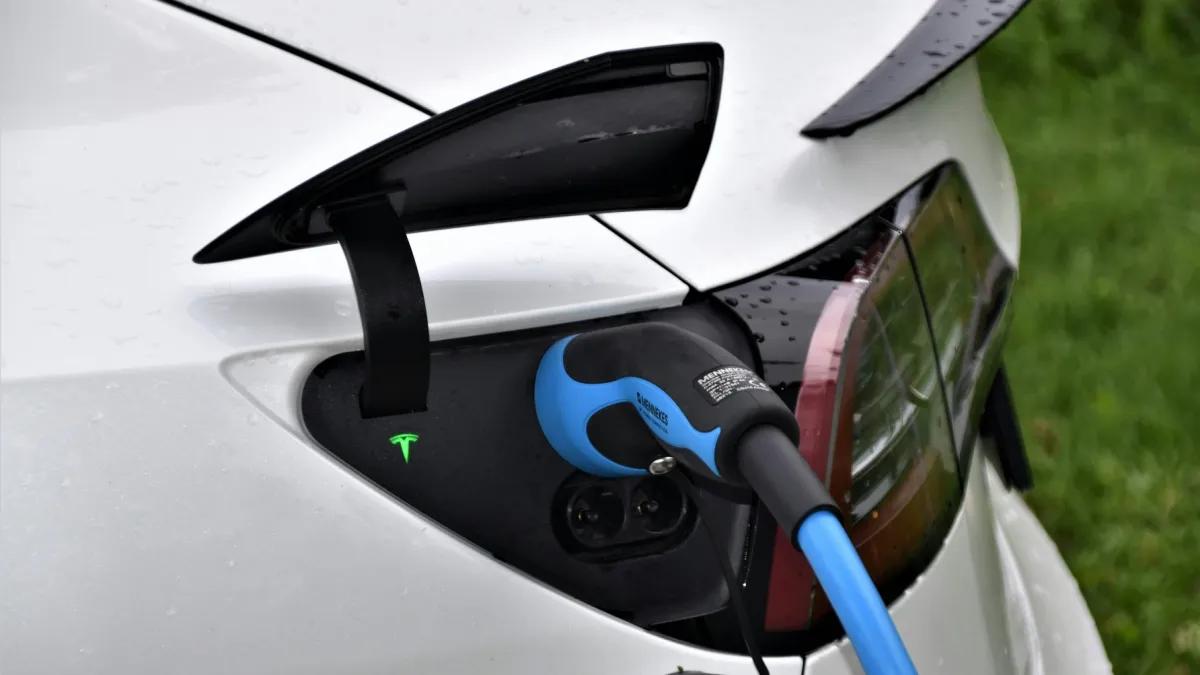
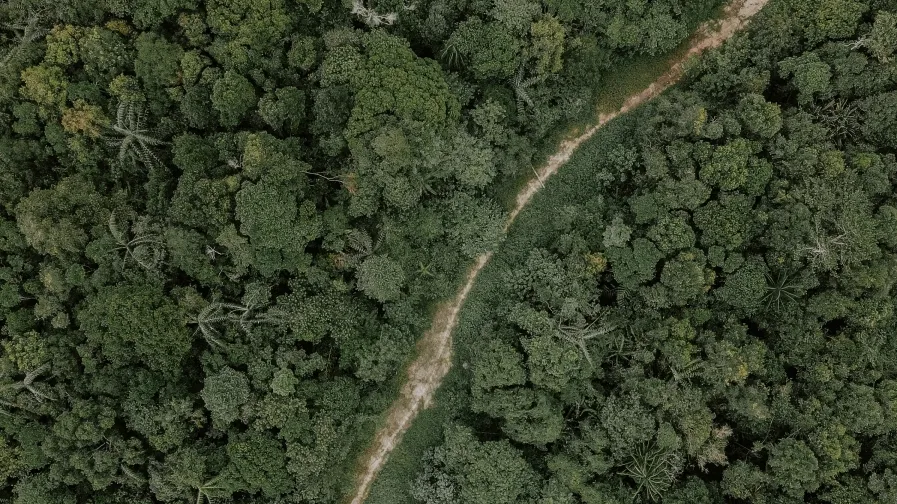


 Advertise
Advertise
